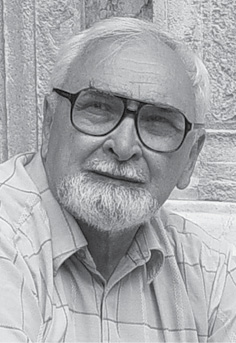The environment of the cinematic spectacle. The architecture of the early Russian movie theaters
- 作者: Anisimov A.V.1
-
隶属关系:
- National Research University “Moscow State University of Civil Engineering”
- 期: 卷 11, 编号 2 (2019)
- 页面: 8-20
- 栏目: THEORY AND HISTORY OF CINEMA | AUDIOVISUAL ARTS
- URL: https://journals.eco-vector.com/2074-0832/article/view/15328
- DOI: https://doi.org/10.17816/VGIK1128-20
- ID: 15328
如何引用文章
全文:
详细
The emergence of cinema brought about the issue of forming a comfortable environment for film screenings. This essay analyzes the characteristics of the first spaces used for film exhibition in St. Petersburg and Moscow and the architecture of the movie theaters built in these cities in the first decades of the 20th century and characterized by a combination of theatrical architectural traditions, eclectic restaurant design and elements of the fading Art Nouveau style.
Film exhibition was a profitable business. Initially, screenings were held in rented spaces but soon specialized buildings were designed and constructed. The essay looks at the largest and most popular movie theaters built in St. Petersburg’s main street, Nevsky Prospect, and in the center of Moscow, discussing their architectural features and their historical development. Thus, during the 1920s and 1930s, large movie theaters included a foyer with a stage for variety shows and a theater-like auditorium with a high-mounted, dark-framed screen; the spectators entered the auditorium via the main entrance and, after the screening, exited directly to a street or a yard.
全文:
With the advent of cinema as a new medium, the problem of forming a new comfortable space for film shows arose. The article surveys the characteristic features of the first buildings designed for film viewing and the architectural difference between film theatres in St. Petersburg and Moscow where elements of theatre architecture, eclecticism of restaurant design mixed with the vanishing Art Nouveau were used.
作者简介
Alexander Anisimov
National Research University “Moscow State University of Civil Engineering”
编辑信件的主要联系方式.
Email: vestnik-vgik@vgik.info
Doctor in Architecture, Professor, Associate member, Russian Academy of Architecture and Construction Sciences.
俄罗斯联邦参考
- Anisimov A.V. Teatralnye zdaniya Moskvy. Istoriya i arkhitektura [Theater buildings in Moscow. History and architecture]. Moscow: Kurs. 2017. 384 p.
- Anisimov A.V. Na Taganke. Kak stroili teatr dlya Yu.P. Lyubimova i chto iz etogo poluchilos. 1972–1986 [On the Taganka. How the theater was built for Yu.P. Lyubimov and what came of it. 1972–1986]. Moscow: Kurs. 2018. 88 p.
- Kovalova Anna. Avenue du cinema: Nevsky prospekt (1896–1917) [Avenue du cinema: Nevsky Prospect (1896–1917)]. Zhurnal ‘‘Seans’’ ot 20.04.2011. URL.:https://seance.ru/blog/avenuducinema/ (accessed 12.01.2019).
- Lavrov L.P. 1000 adresov v Sankt-Peterburge: krat.arkhitektur. putevoditel[1000 addresses in St. Petersburg: krat. architectures. guide]. L. P.Lavrov. St. Petersburg, Eklektika, 2008. 415 p.
- Tsivyan Yu. G. Istoricheskaya retseptsiya kino. Kinematograf v Rossii, 1896–1930 [Historical cinema reception. Cinema in Russia, 1896–1930]. Riga: Zinatne, 1991. 492 p.
- Uvarova Ye. Dom, kotory postroil Khanzhonkov [House, which built Khanzhonkov]. Ekran i stsena. 2005, № 2 (748). P. 7.
- Khanzhonkov A.A. Pervye gody russkoy kinematografii. Vospominaniya [The first years of Russian cinema. Memories]. M.; L.: Iskusstvo, 1937. 176 c.
补充文件







